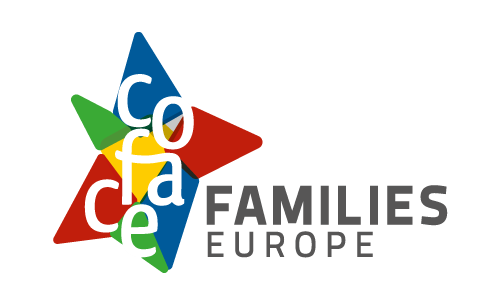This study investigates the major climate-related risks for households in the EU by quantifying the relationship between a set of selected climate-hazards metrics, households’ income by source, and sector-specific expenditures, capturing both the climate induced cost of impacts and adaptation measures. This analysis is complemented with the assessment of mitigation policy costs for households using a mixed modelling approach.
The report highlights the distribution of climate change costs by type (income source- and selected good/service expenditure-related) across regions (NUTS1 level) and socioeconomic characteristics of households (poor, medium income and rich households). In addition, the implications of climate change costs on income distribution and risk of poverty are analysed. The vulnerabilities of EU households highlighted in this study call for risk-specific policy measures at national and EU level and the transversality of climate change costs, especially in Southern EU countries, will require horizontal policy integration.
A review of the recent literature on the costs of climate change impacts and adaptation in Europe reveals important gaps.
- Most economic impact assessments have focused on the economy-wide costs of selected climate change impacts or adaptation actions or mitigation policies. There are no studies quantifying all three dimensions jointly. Adaptation costs are usually the least analysed dimension.
- In the economy-wide impact assessments, the costs of climate change are measured in terms of GDP or sectoral output changes; the overall impact on households is in general disregarded and so is the distribution of this impact across households.
- Other modelling literature has focused on the direct impacts of climate change on key production factors and assets (labour, land, and capital), and commodities/services (energy, health, food).
- The empirical literature has mainly analysed the climate change economic implications for specific sectors, commodities, and services in selected regions/countries.
Read more here.





